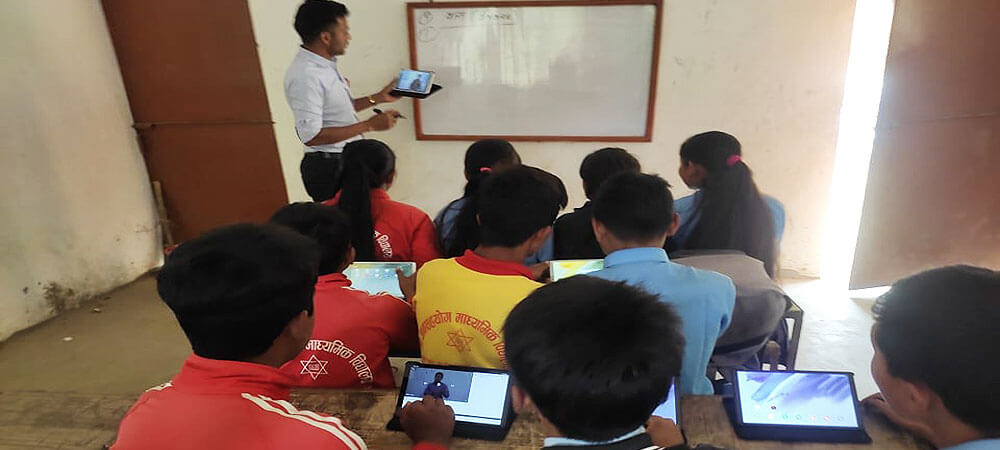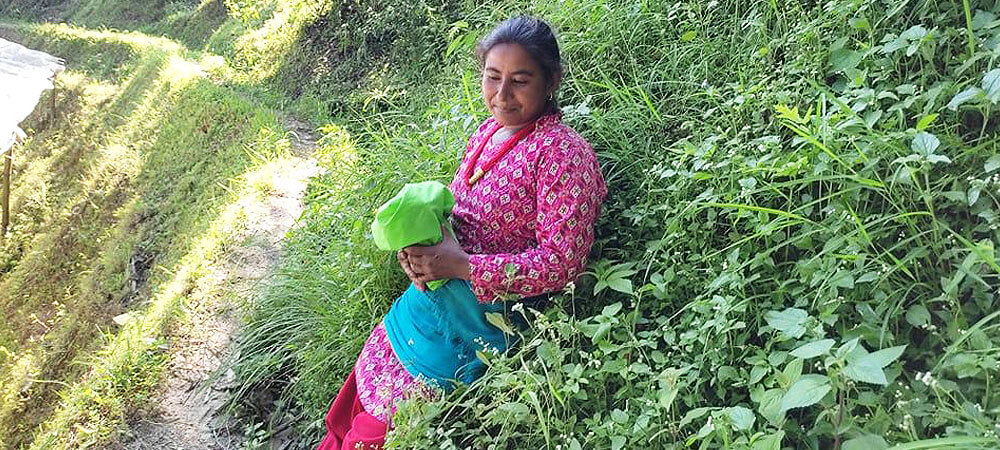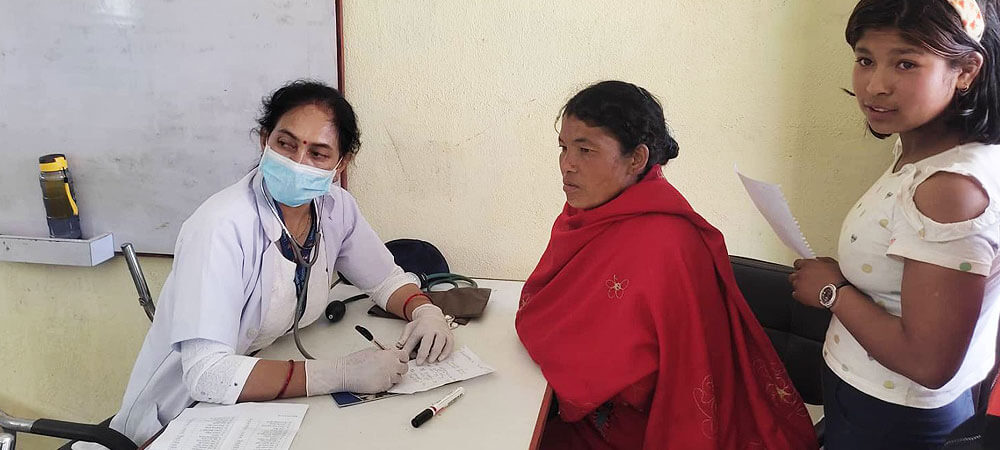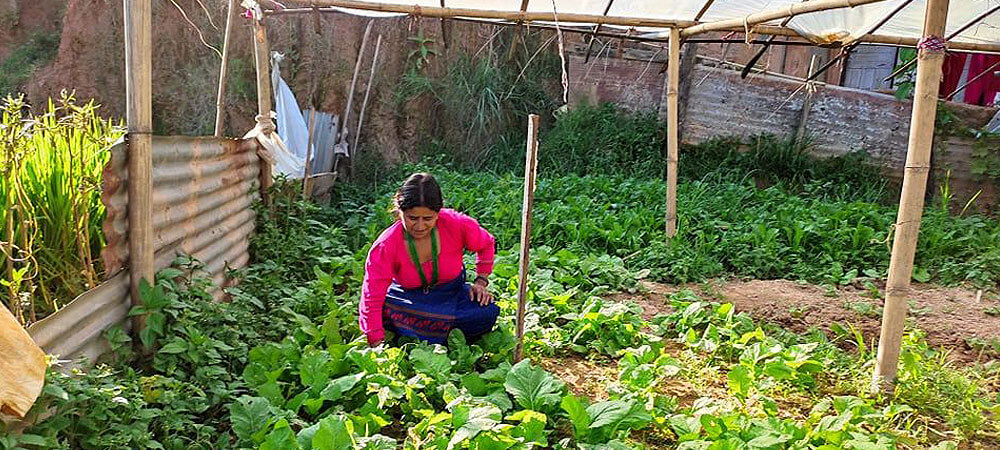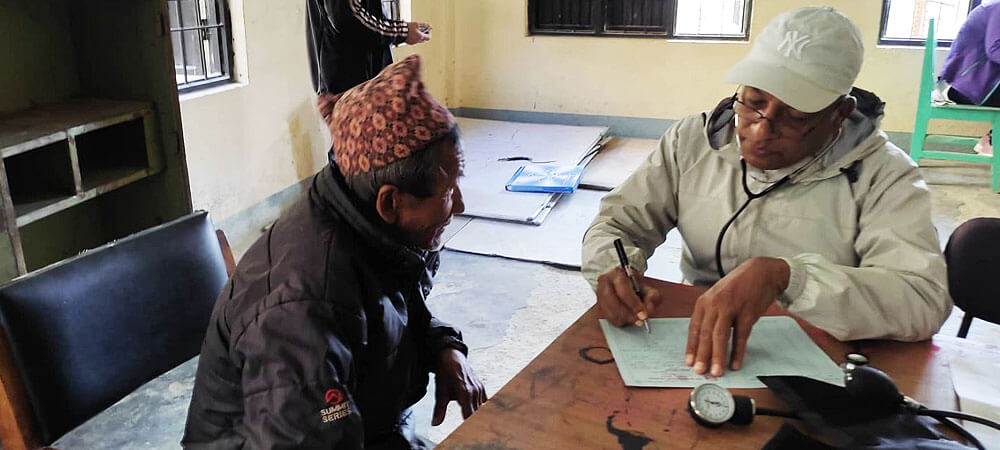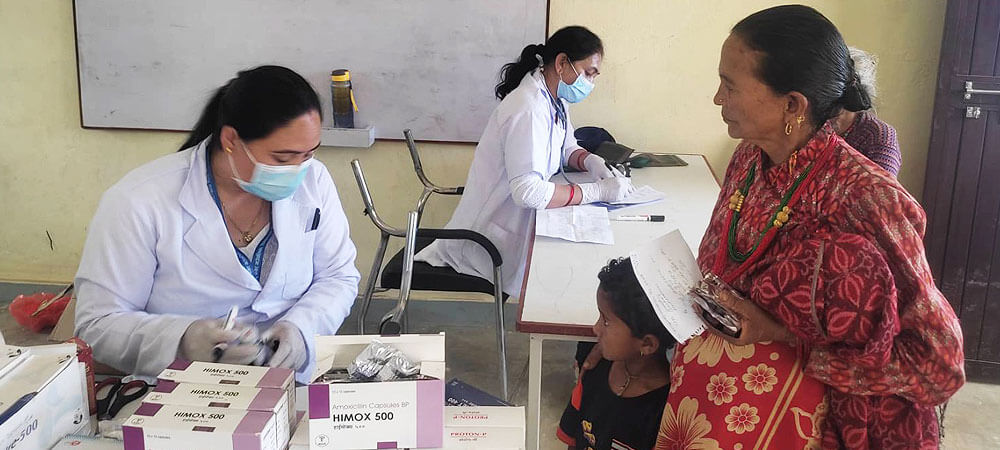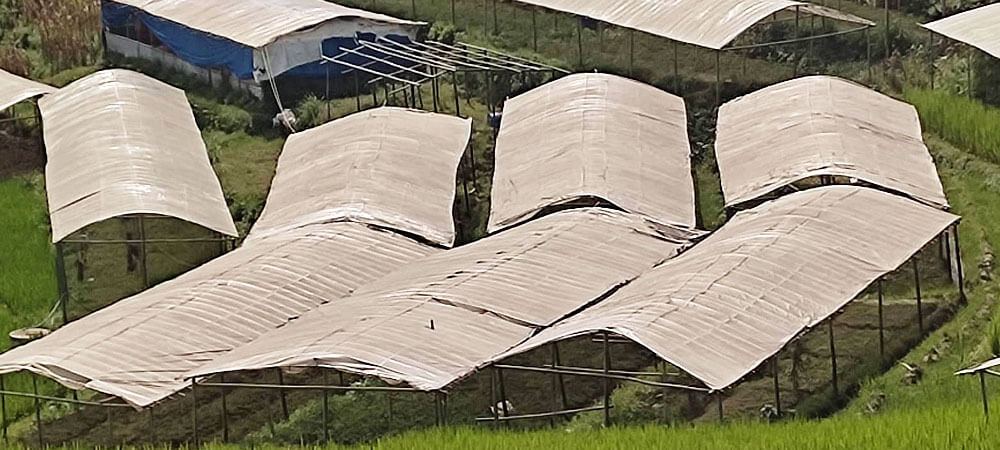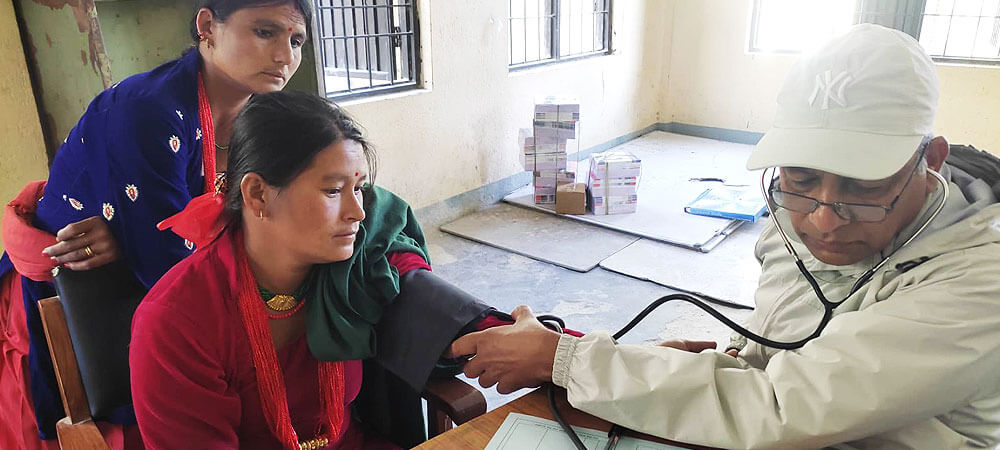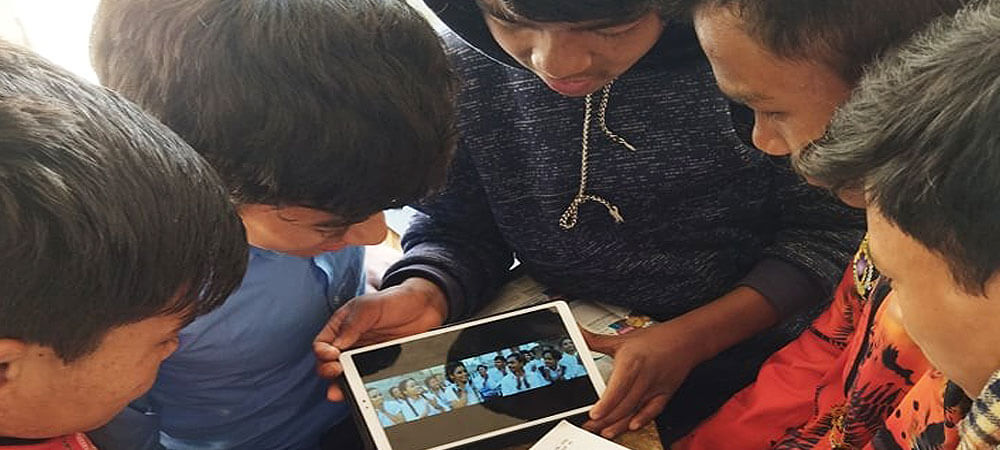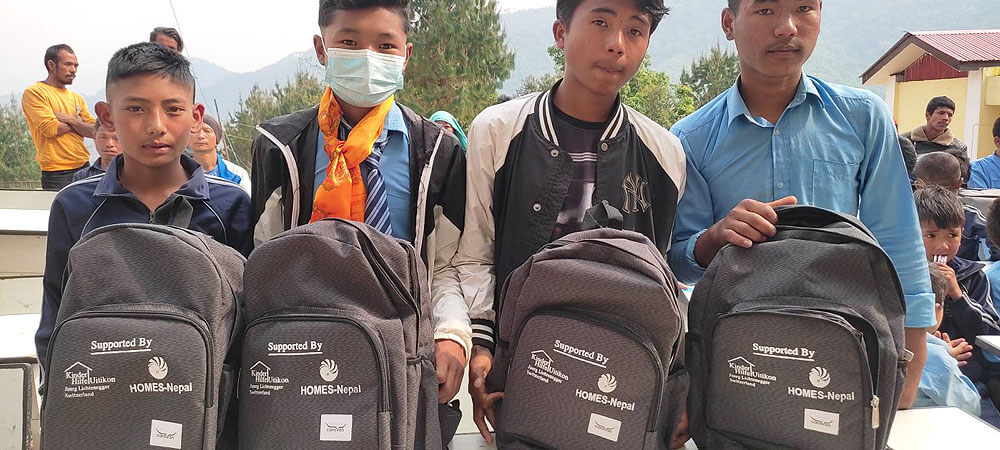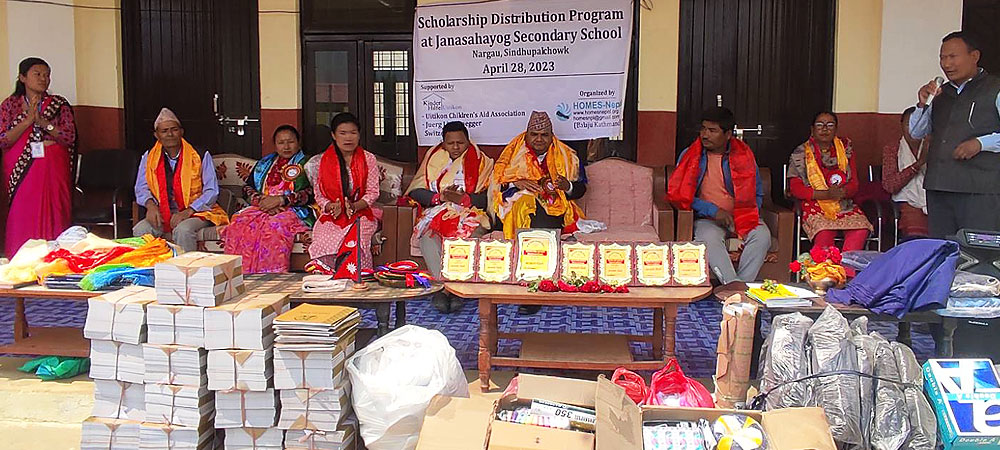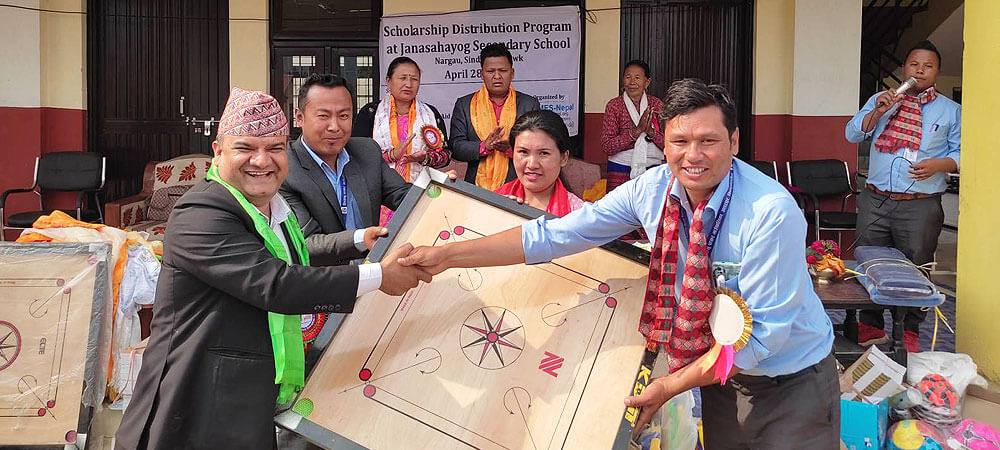TRAINING REPORT KAGATI GAU, NUWAKOT
Title
A Report on
Integrated Pest Management (IPM) and Vegetable Production
training at Kagati Gau, Nuwakot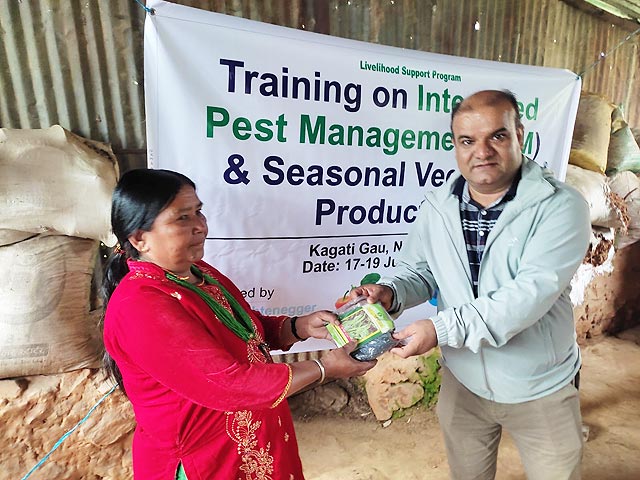
Submitted to:
Juerg Lichtenegger
Submitted by: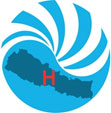
HOMES Nepal
Balaju, Kathmandu
www.homesnepal.org
June, 2024
Background
1. Background Information
Agriculture is still the main occupation to sustain livelihood of rural people living in Nepal. Though agriculture contribution is nation GDP has been decreasing in each year, agriculture is still the major contributor in GDP. Among the various sub-sectors of agriculture, horticulture has significant role in national economy as well as food security. If proper knowledge and skill is shared to rural producers, horticultural crops like vegetables, fruits and flowers could make poor people to rich, here is no doubt. Meanwhile, traditional culture of cultivation practices, insufficient means of irrigation, lacking of modern tools and equipment farmers/producers are not producing as much as they could. So, entrepreneurial skills including business orientation tries to explain the scope of the particular agriculture business and hit to the specific problems in competitive markets. Because of lack of timely services and information, they are not being able to get adequate returns from their agriculture business. Thus, at present, provision of such services and information to them is prerequisite and this can be done by mobilization of locally available trained technician. However, technician knowledge on entrepreneurship and their facilitation skill can play a great role in extension service and this ultimately support for effectiveness of any agriculture enterprise adopted by farmers.
In another hand, people living in rural areas adopt use of pesticides and insecticides promptly due to poor knowledge in insect-pest management. Most of the crops like vegetables and fruits are heavily lost (20-25%) due to pest attack and diseases. In this premise, training of insect pest management through IPM technique in seasonal vegetable production in Kagati Gau, Nuwakot from 17-19 June, 2024 organized aiming to strengthen the capacity of 40 single women via entrepreneurial skills. This is the completion-report of the mentioned training programme.
Objectives
2. Objectives
The overall objective of the training is to enhance the crop management skills of single women of Kagati Gau, Nuwakot district of Nepal aiming to motivate them towards commercial vegetable production. However the specific objectives are:
- Participants aware on basic concept of Integrated Pest Management (IPM) in seasonal vegetables.
- Participants receive technical idea on how to adopt new technique in vegetable production to marketing.
- Participants deliver the skill to identify common problem and current solution in vegetable; insect diseases and so on.
3. Venues and Duration
The training programme was conducted at government school at Kagati Gau, Nuwakot, on 17-19 June 2024. By discussing with the training participants and organizer, the training session was scheduled from 09:00 AM to 04:00 PM including refreshment time.
4. The Training Method
The methodology employed in these trainings included the use of power point presentation by the facilitators with active participation from the learners on the subject matters/issues presented. Each topic was illustrated with practical examples and demonstration of tools used in IPM. Group work in field level from nursery management to use of IPM tools were conducted. The learners were given some practical assignments in field to practice the concepts learnt. Basically participatory method was adopted throughout the training so that the participants could interact and contribute without any humiliation despite wider variance in their responsibility and geography.
5. Training Participants
Training participants were smallholder farmers from Kagati Gau who never received such training before. Altogether 40 participants were actively participated. For detail please vide annex 1.
6. Expectation Collection
The participants had following expectations of learning before training conduction and the major expectation those aroused by them were:
- To learn all the subject matter (course content) of the training as distributed to them
- To be familiar with concept of IPM and other problems in existing vegetable production
- To acquaint about fundamentals of crop management in vegetables.
- To familiar with nursery management for off seasonal vegetable production
7. Training Contents
The course content mostly covered the expectations of training participants. However, additional tips were also provided to address learners' expectation. A detail on course content was presented in annex
Proceeding of the Training
8. Proceeding of the Training
The contents of the training and the training modules were as:
8.1 Day 1
On the opening session, overall objective and importance of the training program was highlighted. Then, the training session started with the introduction of participants and expectation collected. Time schedule and contents were finalized and training norms were set. Subject matters in first day solely devoted to rapport building on nursery preparation and crop selection for this season. In the proceeding session, participants were encouraged to learn the difference between conventional vegetable production and commercial vegetable production and also taught on problems faced in existing vegetable marketing. In addition, practical class on nursery bed preparation; selection of site, selection of soil and other bedding materials, preparation of seed bed, nursery bed, seed treatment, seed sowing and use of plastic tunnel for nursery care were demonstrated.
|
|
|
| Figure 1: Nursery bed preparation. | |
8.2 Day 2
Second day was started with review on the topics of the first day. Training session was started with discussion in Basic concepts on crop management using the technique of Integrated Pest Management (IPM). IPM uses a combination of physical control, biological controls, crop monitoring, and resistant varieties to manage pest populations. By minimizing the use of chemical inputs, farmers can protect beneficial insects and maintain a healthier environment in their crop land.
During entire day, several techniques of IPM was taught and demonstrated. Such as crop rotation, mix cropping, use of plants to deter insect, use of pheromones, use of lures, use of yellow sticky paper were demonstrated practically in field. Field work and group works were carried out in suitable time to clarify the subject matters. Participants were divided into three groups as they were in day 1. After nursery preparation orientation on different practices of IPM in season vegetable in main field were shared.
|
|
|
| Figure 2: Demonstration of pheromone trap, lure trap and yellow sticky trap of IPM tools. | |
8.3 Day 3
Third day was started with review on the IPM techniques and tools demonstrated in day 2. participants accepted few cheap tools like yellow sticky papers and pheromones trap. The day (day 3) started with basic fundamentals of crop management. Crop management is not treatment on crop hazards rather it is the use of concept and techniques to escape from insect, pest and natural hazards. Participants were taught with seasonal crop calendar, right method of use of fertilizer and irrigation, crop rotation, and mix crops. Further selection of crops that deter the insects and selection of predators that prey the insect were taught with examples.
|
|
|
|
| Figure 3: Damages of vegetables by pest. | ||
At last, the participants presented the outcomes of the group works and received feedback and suggestions for further improvements.
Training Output / Evaluation / Schedule
9. Training Output
The participants learned detail concept of IPM and crop management in seasonal vegetable production. They became able to select suitable methods of crop management crop for production and business purpose.
10. Training Evaluation
Participants evaluated the effectiveness of the training in participatory method during each day of training. Participants were asked to evaluate the training in the subject matter and participants' objectives fulfillment in terms of knowledge enhancement. The learners liked the training particularly the effectiveness of the training contents in practical use to promote their entrepreneurial skills.
Training Schedule
| Day | Session | Content | Remarks |
| Day 1 | 1 | Opening session (Registration, inauguration, welcome, expectation collection and objectives) | Participatory |
| 2 | Rapport building on site selection, nursery crops and management. | Brain storming | |
| Use of plastic tunnels for both nursery and crop production. | presentation with diagram | ||
| Selection of crop for appropriate location. | Practical demonstration | ||
| Day 2 | 1 | concept of Integrated Pest Management (IPM) | Power point presentation |
| 2 | Tools and techniques of IPM and its use. | Practical demonstration | |
| 3 | Benefits of IPM in crop management. | Presentation | |
| Day 3 | 1 | concept of crop management; | Power point presentation |
| 2 | Techniques and methods of crop management and benefits | Power point presentation |
Photographs
| Training | ||
|
|
|
|
|
|
|
|
|
|
|
|
| Dr. Paudel is distributing the seeds (Some representative photographs) | ||
|
|
|
|
|
|
|
|
|
|
|
|
| Nursery Bed Preparation (Inside and outside) | ||
|
|
|
|
|
|
|
|
|
|
|
|
| Sticky Papers | ||
|
|
|
|
|
|
|
|
| Some More Training Photographs | ||
|
|
|
|
|
|
|
|
|
|
||
|
|
||

